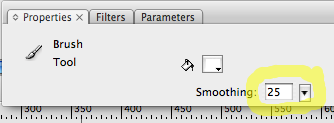Filed under: Old New Media
Optical discs replaced the floppy, and now flash memory sticks might be bringing the DVD era to a close. Part of this is the fault of hardware manufacturers, who’ve spent years unable to agree on a single DVD standard. While a recordable CD is a recordable CD, more or less, blank DVDs are split into the DVD-R (“minus R”) and DVD+R (“plus R”) camps.
There are plenty of sites that run down the technical virtues of the two sides and their various flavors. So here’s my advice based on my subjective experience with the lot.
1. Recommended: DVD-R, the oldest recordable DVD standard, has by far the best compatibility. I strongly suggest you stick to this when making discs to hand out to strangers–film festival submissions, for example.
2. Be Careful: DVD+R, the newer standard, is technically superior–greater reliability and faster read speeds–but doesn’t work on older video players and computers (any Macs made before 2004, for example). Use your own judgement, but I avoid them for that reason.
3. Sometimes Useful: DVD+R DL (“Dual Layer”) has nearly twice the capacity of ordinary discs, 8.5GB instead of 4.5GB. Their compatibility is spotty, but if you’ve got to hand off files to someone you know, it’s not a bad way to move data around. Just don’t give them out to the general public.
4. Waste of Money: DVD-R DL discs are still sold in stores, but I don’t know who’s buying them. I’ve never been able to either write or read one successfully. Unless you know something I don’t, avoid them.
5. Getting Obsolete: RW (“ReWriteable”) discs did a good job over the past decade. But they’re expensive, their compatibility isn’t the greatest, and you have to erase them for reuse. Buy a USB key instead.


